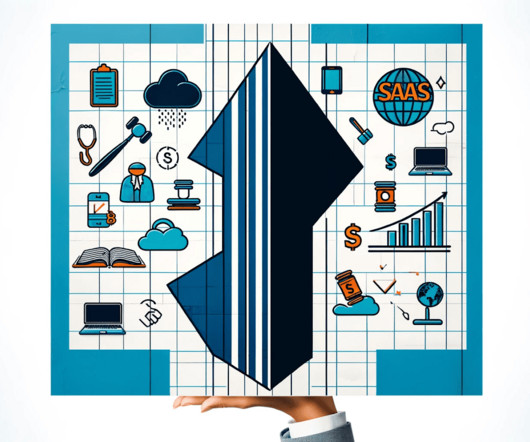ISVs vs SaaS: What’s the Difference?
Stax
APRIL 18, 2024
SaaS companies deliver software applications over the internet on a subscription basis, simplifying access and management for users. Some well-known examples are Adobe, a design and creator platform, Autodesk, a leading construction management system; and Meditech, a healthcare information systems solution. What are SaaS companies?













Let's personalize your content